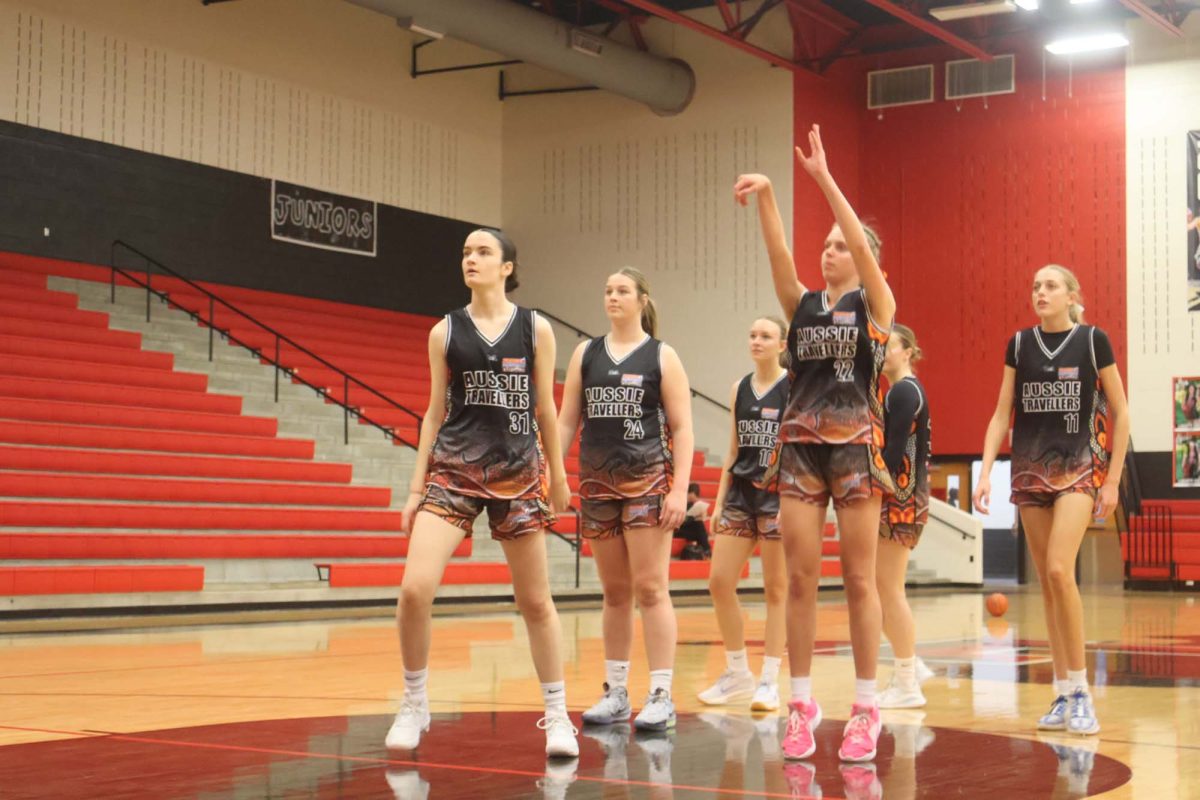In 2019, Warner Bros. released a gritty throwback to late seventies and early eighties films like Taxi Driver and The King of Comedy featuring one of DC Comics’ most iconic villains: the Joker. Both fans and critics were skeptical that director Todd Phillips and star Joaquin Phoenix could be successful in making an origin story for the clown prince of crime with no Batman, no comic book lore, and none of the bright humor and adventure of the other comics-inspired movies coming out at the time. Yet Joker became a smash hit, earning eleven Oscar nominations (including a Best Actor win for Phoenix) and netting a worldwide box office of over $1 billion.
This isn’t going to be the same story for the sequel.
The fact that Joker: Folie a Deux (French for “a mental illness shared between two people”) isn’t the same story as the original is the problem. Fans of the first film expected another dark exploration of a broken man pushed to his limits; instead, they got a somewhat sappy musical. Phillips took the Joker in a new direction with this film, and the direction seems to be down to rock bottom.
The story starts with a lot of narrative potential: at the end of the last movie, Arthur Fleck, a.k.a. “the Joker” (played again by Phoenix), was arrested for inciting a riot and committing a killing spree, which included the murder of late-night host Murray Franklin (Robert De Niro) on live TV. Joker: Folie a Deux picks up with Fleck preparing for the murders of five people he killed in the first movie.
While the “trial of the century” idea is interesting, the execution is stalled. As Joker prepares his defense against District Attorney Harvey Dent (Harry Lawtey), his lawyer Maryanne Stewart (Catherine Keener) forces Fleck to take music therapy, where he meets a fellow inmate named Harleen “Lee” Quinzel (Lady Gaga). Fleck falls in love with Lee and starts having musical fantasies of the two of them singing in harmony.
This is where the movie gets in trouble: when it tries to be a musical, the movie has slow pacing and feels choppy. Almost everything relating to Lee and Arthur’s pursuit of her is unconnected from the trial plot: it feels like the crime drama movie pauses, a scene from a second movie musical plays, and then the crime drama resumes. The entire movie feels stuck in neutral, as the musical fantasies between Fleck and Lee are decently sung and well choreographed but fail to advance the story—and at over two hours long, the dragging pace is overwhelming.
This movie’s split personality is also clear in the writing and acting as well: while Phoenix delivers a solid performance with grand speeches and interesting character explorations similar to the first movie, Lady Gaga seems like she was cast in the role because she can sing. Her acting is passable, but this isn’t the fault of Gaga (after all, she was nominated for Best Actress at the Oscars the same year the first Joker movie was released). Not enough time is spent developing the character of Lee, who is nothing like the Harley Quinn of the comics or Margot Robbie’s portrayal in Suicide Squad, The Suicide Squad, and Birds of Prey. With flat dialogue and no time to shine on her own, Gaga’s version of Quinn is frustratingly one note.
This isn’t to say that nothing about the movie works. While the musical side of the movie feels forced at times, it also delivers some of the movie’s best scenes. Phillips delivers the same beautiful cinematography and atmosphere as the first film, and the team that won acclaim for the first film’s production design, hair, and makeup do an even more impressive job in this film. One extraordinary element of the film is the costuming: Arianne Phillips outdoes the Oscar-nominated costuming of the first film with an incredible range of different outfits for each musical fantasy.
Unfortunately, the spectacular technical design and a few amazing scenes aren’t enough to save this film. Without spoiling the ending, anyone familiar with the comic book versions of the Joker, Harley Quinn, and Harvey Dent can predict how the trial will end. What should feel like a huge moment—”the trial of the century”—feels anti-climatic and like something audiences have seen before.
The fallout of the trial also results in a second climax between Fleck and Lee that fails to capitalize on the relationship that they built throughout the movie’s romantic duets like “To Love Somebody,” “They Long to Be,” and the titular “Folie a Deux” (the only original song in the movie, which is a strange decision considering that Lady Gaga has won an Oscar for her original songwriting). The two have an ending that doesn’t make much sense, and it makes the whole relationship feel like a giant waste of time.
As surprisingly good as the first movie was is how surprisingly bad Joker: Folie a Deux turned out to be. The opening weekend’s box office was only $37.8 million—worse than recent flops Morbius and Madame Web. The film has a D Cinemascore, which is the lowest score ever for any movie based on a comic book property. The film has a 33% critic score and a 31% audience score on Rotten Tomatoes.
Trust these numbers: while moments of this movie are fascinating and even fun, they are not worth sitting through the rest of the film. Do not waste your time or money on this poorly written and directed movie.
This story was originally published on Frederick Lantern on October 7, 2024.









































